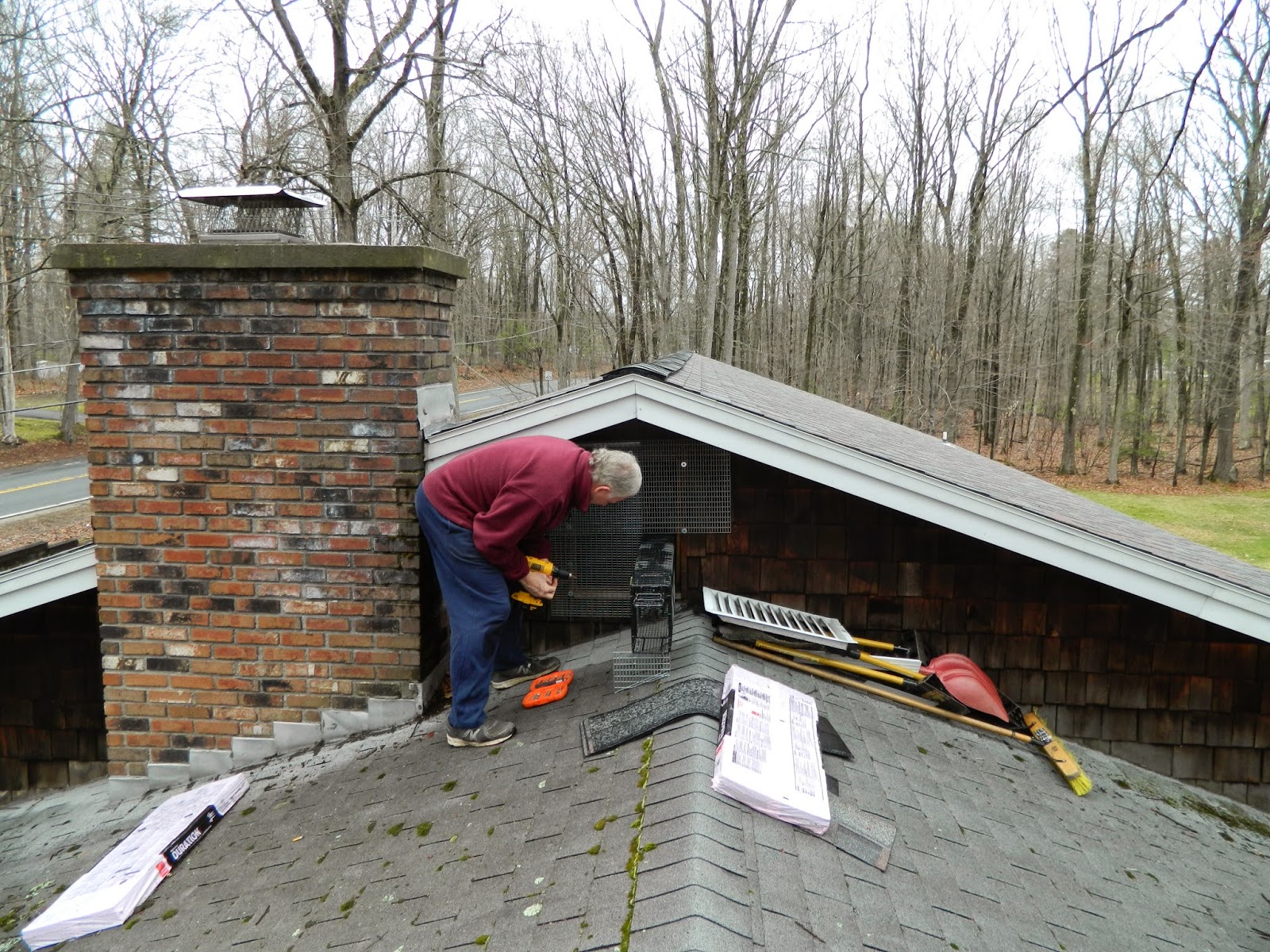Above is a very productive dam break set with an unusually small beaver for this time of year, alive in a 12x18x36 Comstock Cage. This beaver weighed only about 5 pounds, perhaps less, which means he was born during the winter, quite odd. Beaver are generally born from April until early June, depending on the locale. This little bugger was no doubt born in January or February. Beaver this size are usually found in July and August. Since the owner of the pond wanted the colony thinned down because they we're mowing down everything in sight, but did not necessarily want them all removed, the little guy was released on site. It couldn't have worked out better taking the small one alive and being able to release him. You have to get lucky once in while.


The mat of peeled sticks in the two pictures above is reflective of a larger colony. This colony had at least 6 beavers. In two checks 6 were taken in 2 out of 3 sets on the first trip and in 4 out of 5 sets the second trip, with no traps sprung. At ice out there will be loads of peeled sticks still floating, later to be woven into the dam or lodge. When the ice is first receding from the dam like this, beaver are limited and confined to the small patch of open water, easy to catch. They are looking for fresh feed after eating the feed pile all winter, which has by now gone stale and sour or is pretty much gone. Additionally, these beaver were chewing holes in the dam so that they could leave the pond and find more food, which showed they were getting desperate. There were a couple of holes they had made in the ice during late winter that provided access to fresh food.

Above is the 2 foot wide sled with 5 beaver cages and 3 beaver. I was using an 18 inch wide sled, but found the 2 footer was not that hard to drag. Also, with the two foot sled 2 traps can be placed side by side, standing or lying down. At this site I was using an assortment of traps, odd sizes, 12x15x33, 12x18x32, 12x18x36 and 12x18x24. The Xtra wide 24 fit in the back of the sled, the two 12x15 side by side while the other two rested on their sides. I had all 5 cages in the sled with the 3 beaver inside them.
I know most trappers don't think you can haul a number of cages in at once, but where there is a roadway or trail it works pretty well. This time I was able to bring in 3 cages the first time and add 2 more the second time. If it was on the level, I could have easily brought in 5 at once the first time. This was an steep uphill climb all the way, so I split the cage hauling into two trips, figuring on a set with two checks to finish the job and that's just the way it worked out. Thing is, when I was setting conibears years ago, I often just set 2 to 4 traps anyway. Two to 4 cages is quite doable with a sled and yields better results.











